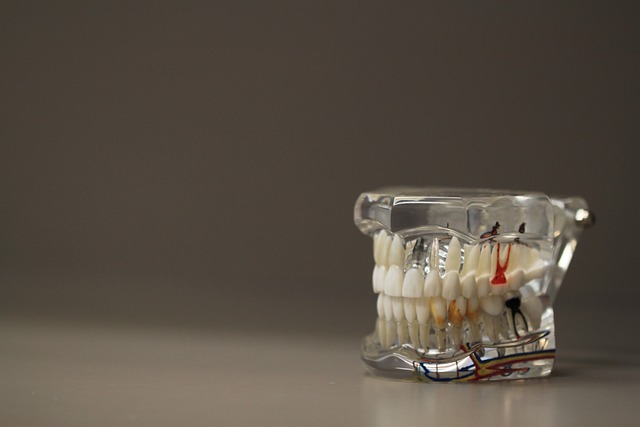Wisdom Tooth Extraction Glendale

Most wisdom teeth erupt when patients are around the age of eighteen. In the late teens, the lower jaw reaches its adult size and forces the wisdom teeth out of the bone. The eruption can cause minor pain in some cases.
WISDOM TEETH PROBLEMS
Wisdom teeth may cause harm but this depends on the size of your jaw and how your wisdom teeth grow. A problem may be prevalent when pain or swelling accompanies wisdom teeth eruption. Serious problems can be prevented if extraction is performed on time.
It is thus recommended to have your regular six-month visits to the dentist uninterrupted. The most common wisdom teeth complications are discussed below:
Gum disease:
When the wisdom tooth breaks through the gum, there may be some tissue exposed. Food, plaque, and bacteria can accumulate underneath the gums and cause an infection of the soft tissue. Symptoms may include pain, swelling, or bleeding.
Crowding:
An erupting wisdom tooth pushes adjacent teeth and causes crowding. This can affect the results of orthodontic treatments and leave an undesirable appearance.
Decay:
Most wisdom teeth are located in the back of the arch and can be difficult to clean. The increase in plaque can enable them to be vulnerable to decay or gum disease.
Poor positioning:
Wisdom teeth can be in various positions and face different directions. If they are tilted forward (mesioangular position), they can push the root of the adjacent teeth and reabsorb the root of that tooth. If they are tilted backward (distoangular position), they can grow towards the cheek, tongue, or gum tissue. Immediate removal is recommended to prevent any harm.
Cysts:
When wisdom teeth do not erupt and remain in the jaw, a cyst is formed. The build-up of fluid inside the sac puts pressure on the adjacent bone, which causes reabsorption and potential damage to the teeth.
WISDOM TEETH EXTRACTION
A wisdom removal is recommended following an examination of the condition. The extraction is simple and can be completed in a short amount of time. The anesthesia administrated by the dentist may be local, where the area around the treated tooth is numbed.
POST-SURGICAL RECOVERY
Depending on the difficulty of the extraction, the average healing time is about one week. Pain and swelling are the most common complications, painkillers or antibiotics will be prescribed as necessary. Bed rest, liquids, and following the post-operative given instructions are adjuncts to a speedy recovery.
